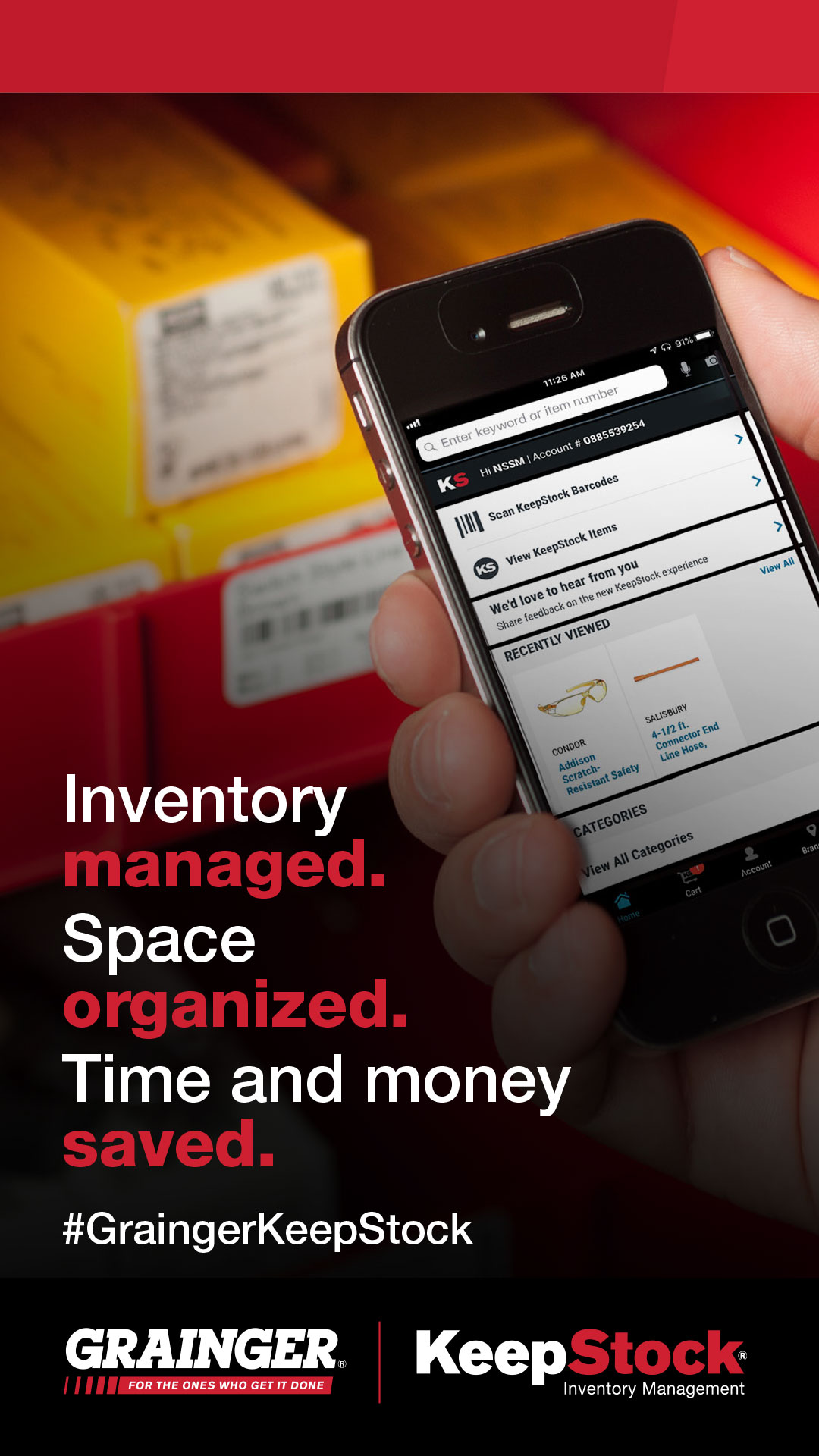

Preventive Maintenance 102: Centralizing Campus Inventory and Maintenance
By Brian Driskell, Sr. Strategy Manager, Education, W.W. Grainger, Inc. 5/16/18
Basic preventive maintenance (PM) plans work well to get one university building running smoothly and efficiently. But what do you do when your facility has many different buildings or multiple campuses?
Once you take stock of all your facility and campus needs, you must create a comprehensive strategy to manage them. Why implement centralized preventive maintenance across multiple campuses? A facility-wide PM plan can alleviate stress on your maintenance team and ensure smooth operations at any level. By centralizing your strategy with one plan for operations and a single process for ordering and management, you can cut costs and ensure that even complex facilities stay up and running.
Create a Centralized Strategy
With multiple facilities, it can be easy to have too many overlapping plans that miss routine maintenance and confuse the team. Even with a single central playbook, other facilities or zones will develop their own ways of operating, often in ways in conflict with the centralized plan. These conflicts can cost money in overstock or lost efficiencies and leave your team unable to work together effectively.
A central strategy brings many benefits to your facilities team. When facilities teams operate independently, they expose your organization to more costs, less compliance, and potential inventory mismanagement. Closets and shops are likely to face overstocking of certain items and understocking of others. Adding to the issue, each facility may have a different system to shop, order, and manage, involving too many vendors and slow processing and payment times for even small orders.
Leverage Inventory Tools
When facilities are centralized, you regain control over how maintenance is done and what takes priority. This allows you not only to know what maintenance is taking place and when, but also to manage inventory with a single system to shop, order, and manage.
Leveraging one system for eCommerce and order management cuts through costly handoffs and multiple vendors, allowing anyone on your team to follow one process to get the products they need. The average purchase today involves 5 people, 30 steps, and $124 in average costs, so streamlining your shopping and ordering process across facilities is crucial.
With a single global system to handle all facets of shopping and ordering, your team wins back time and reduces complexities in the process. With budget limits and approvals automated with the system, all expenditures roll up the same budget and inventory to reduce confusion at the end of the year. eCommerce and eProcurement solutions can help your team cut the cost to process a PO in half, a win across any facility.
How to Implement a New System
First, audit all of your facilities, where your plan is today, and what processes are already running. Assessing tools, vendors and inventory are all good places to start. Utilize this checklist to determine which maintenance activities are needed across each area of your facilities.
With a pulse on what is currently happening across facilities, you can now draft your overall plan. While some facilities may have unique needs, most should leverage the same vendors, shopping and ordering processes and approach to inventory. Document your plan and put the right leadership in place to make it successful. Make sure to include routine maintenance and preventive care in the strategy. With the plan in hand, leaders in each facility can begin to embrace any changes and implement the right strategy.
The last step to setting up the new process is establishing the right operations and metrics to meet your needs. Everything from supply closet location to unscheduled maintenance policies need to be documented, with an eye toward flexibility. Even with a single strategy, facilities teams will need to be able to solve problems unique to their zone on demand. Establishing success metrics, such as cost savings, time to resolution, and inventory accuracy, help you determine how effective your new program is. If metrics are off target, you can also know when and where to act to avoid long term, costly problems.
Creating an inventory plan for multiple facilities requires one system for tracking products, ordering and managing, and maintaining responsibility. Read Grainger's inventory management ebook to learn how to design a plan that works for you.
Brian Driskell is the education segment senior strategy manager for Grainger Industrial Supply. His roles and responsibilities are to truly be the expert related to trends and initiatives within the education segments. He partners with school districts, higher education campuses, and educational organizations to ensure that Grainger offers the most relevant solutions to its education clients. Brian has been with Grainger for over 22 years and has been serving government and education customers for over 10 of those years.
![]()
The information contained in this article is intended for general information purposes only and is based on information available as of the initial date of publication. No representation is made that the information or references are complete or remain current. This article is not a substitute for review of current applicable government regulations, industry standards, or other standards specific to your business and/or activities and should not be construed as legal advice or opinion. Readers with specific questions should refer to the applicable standards or consult with an attorney.







